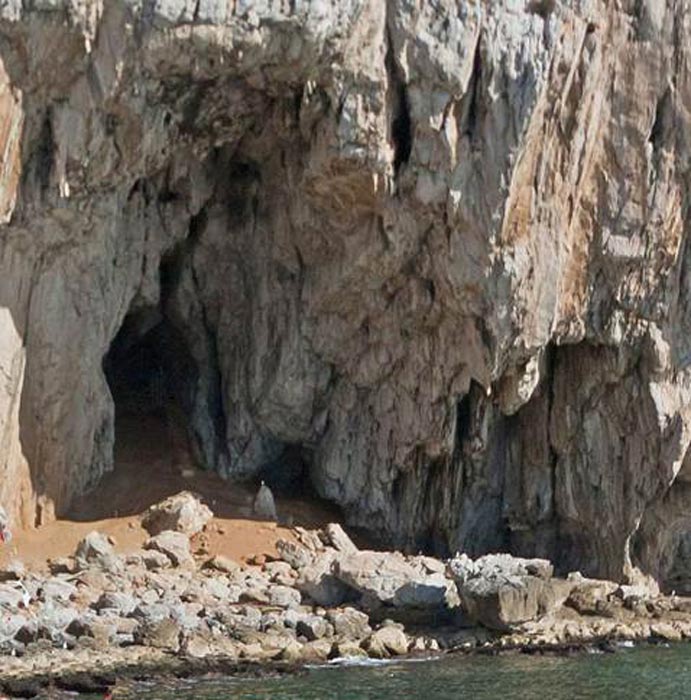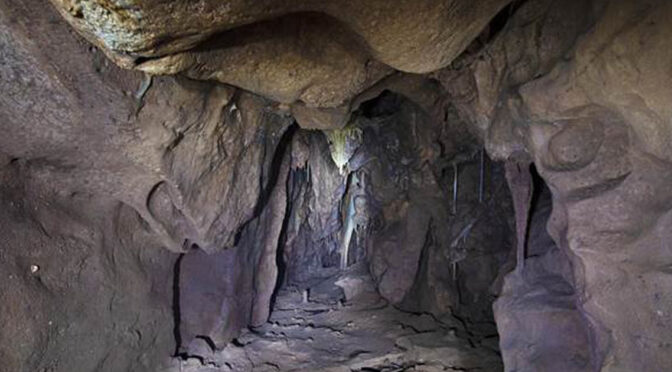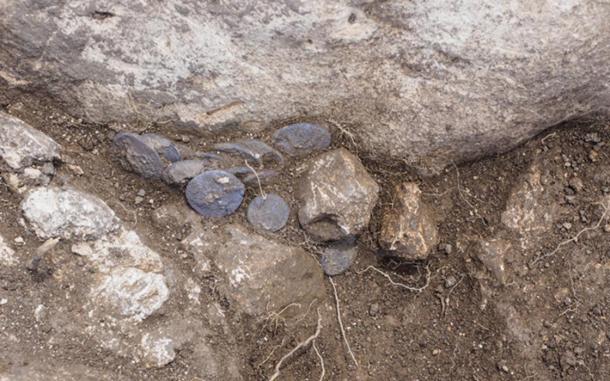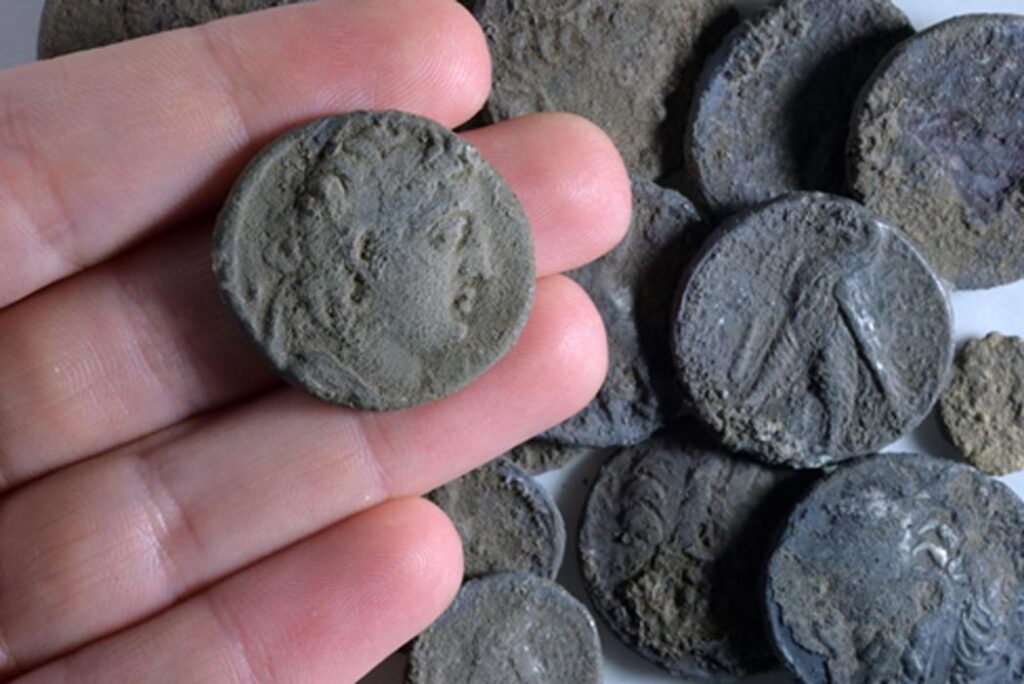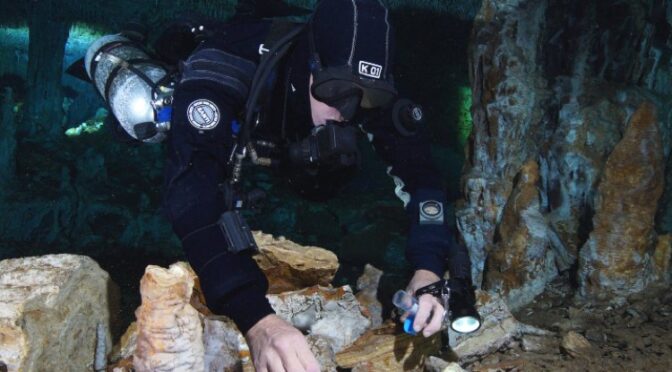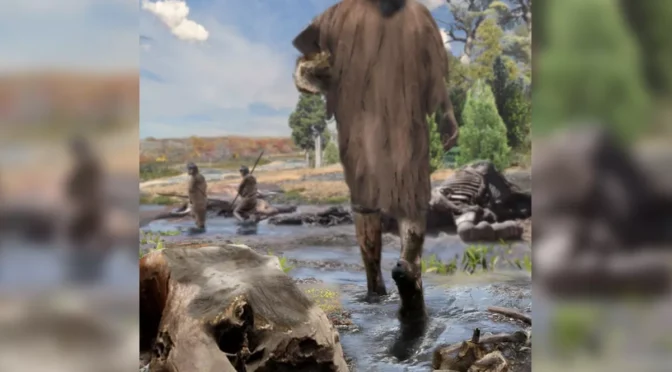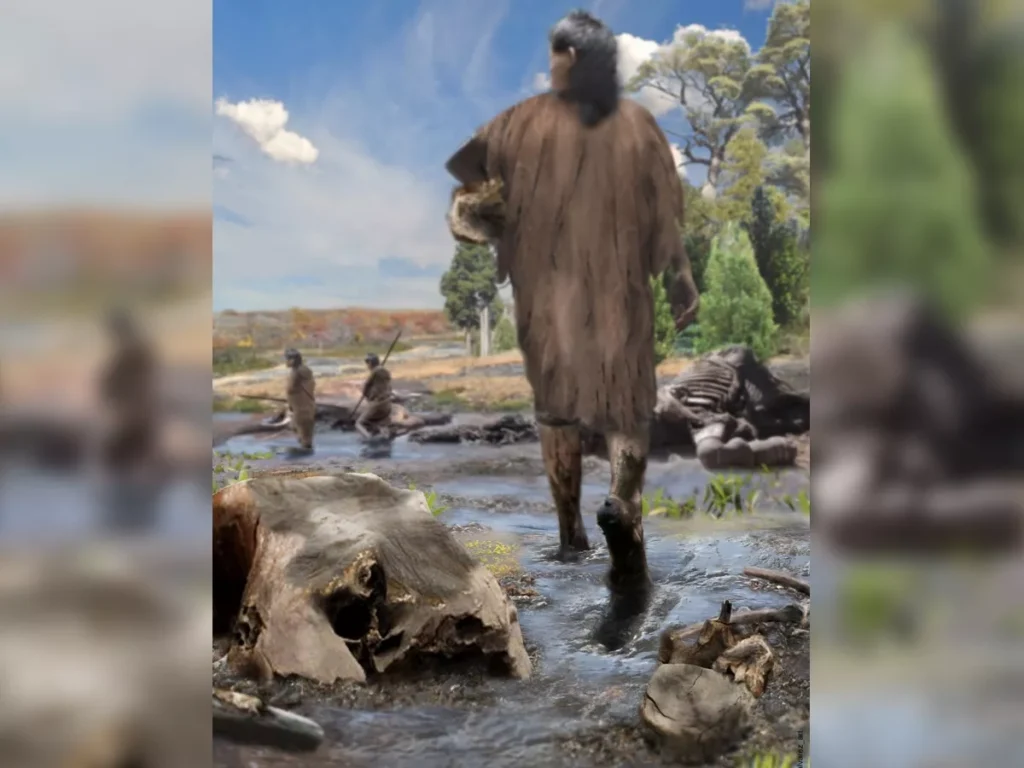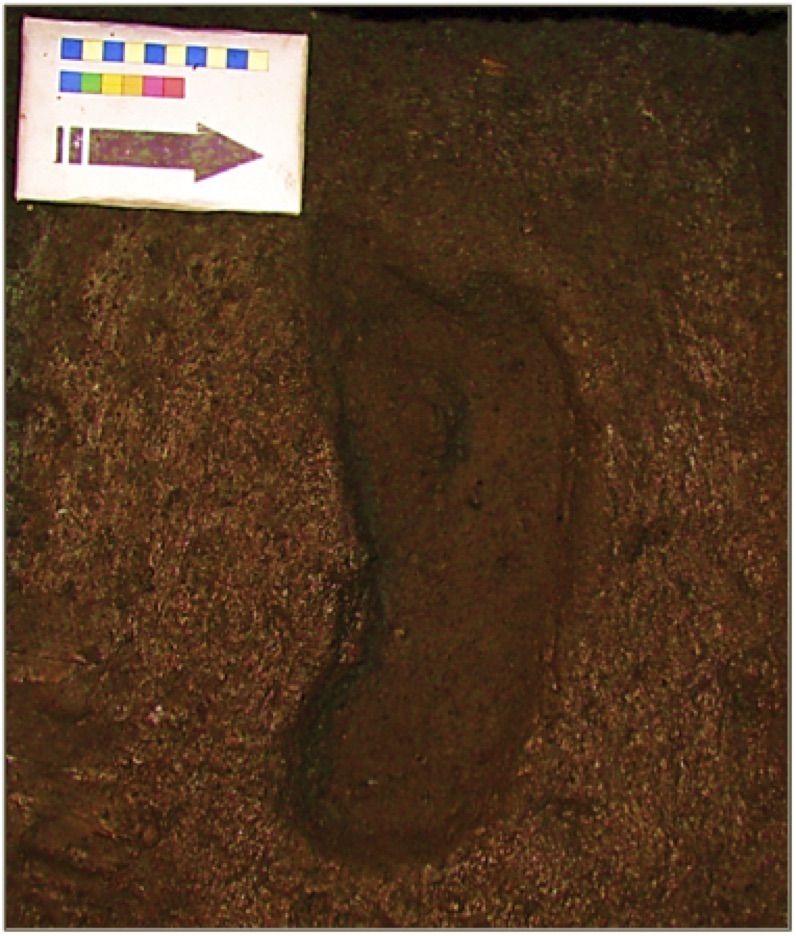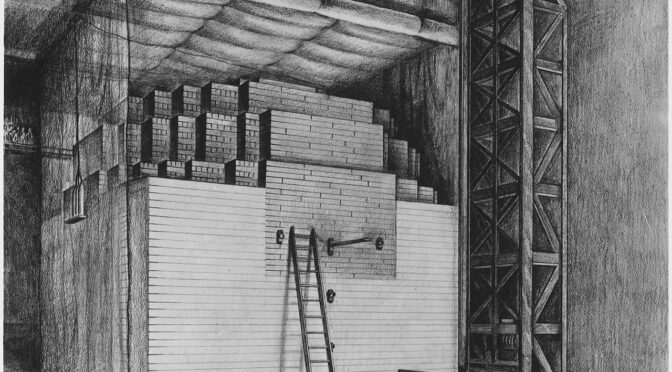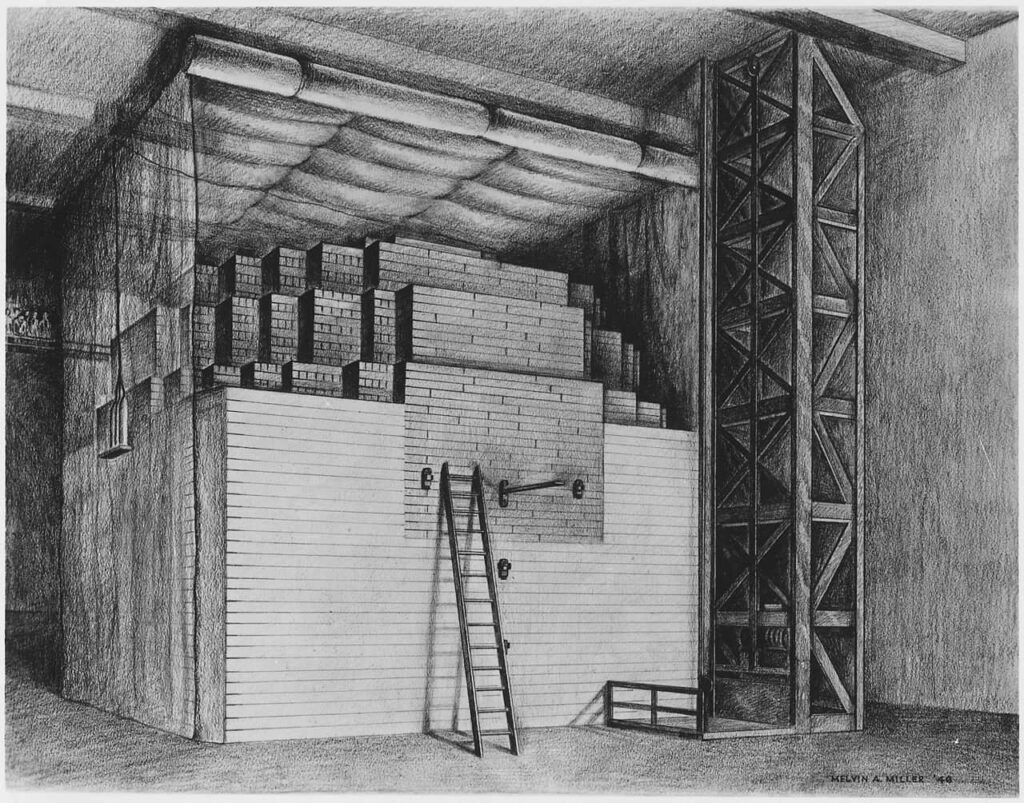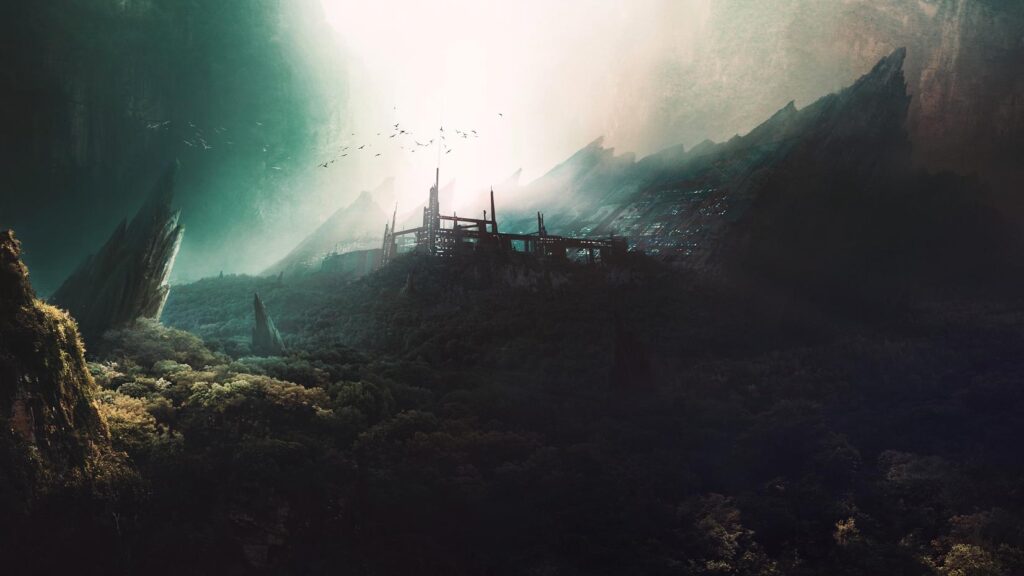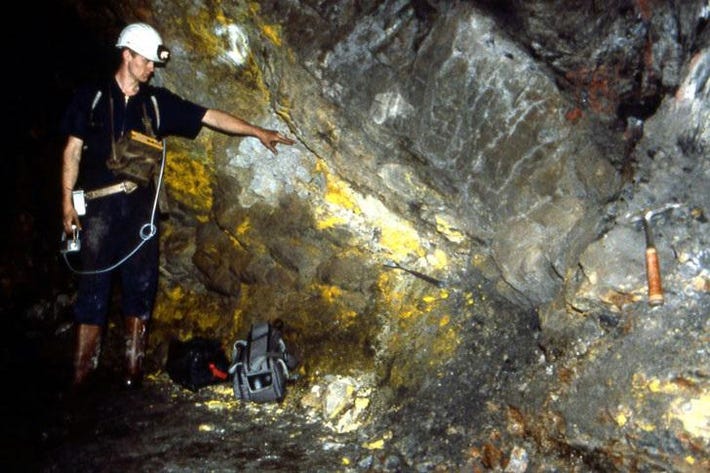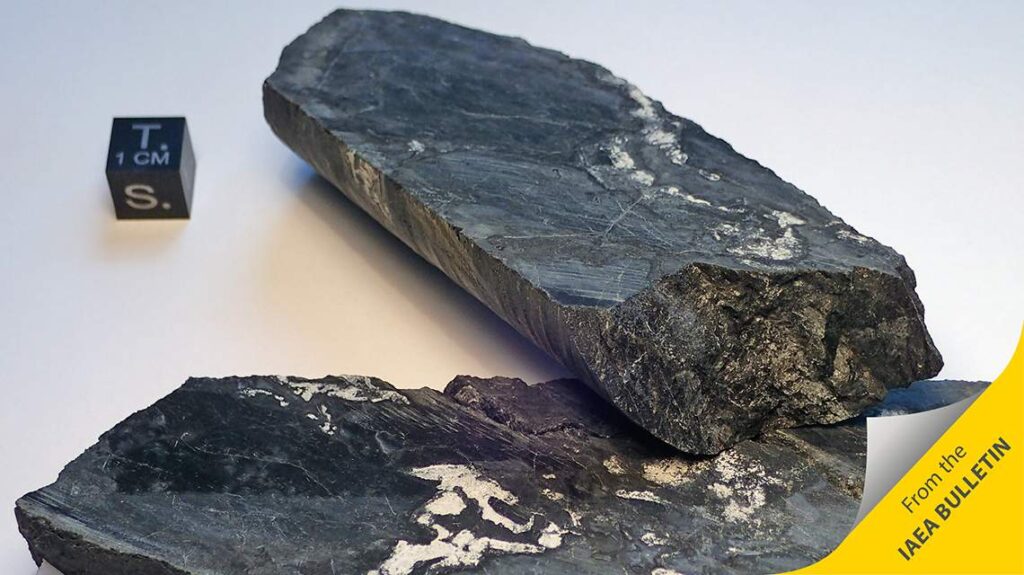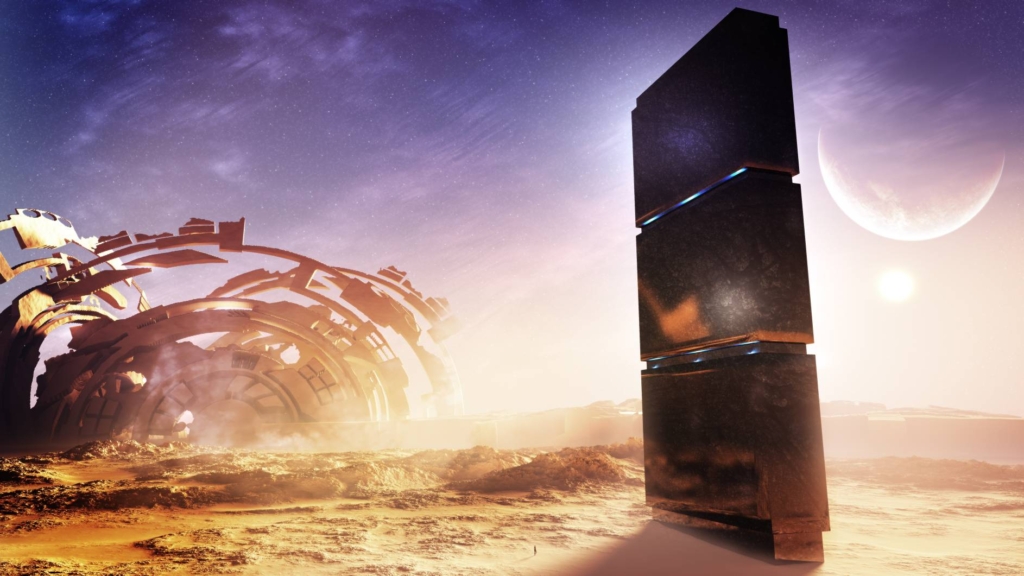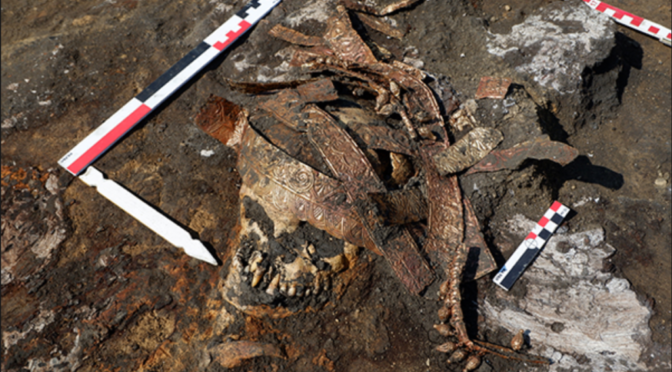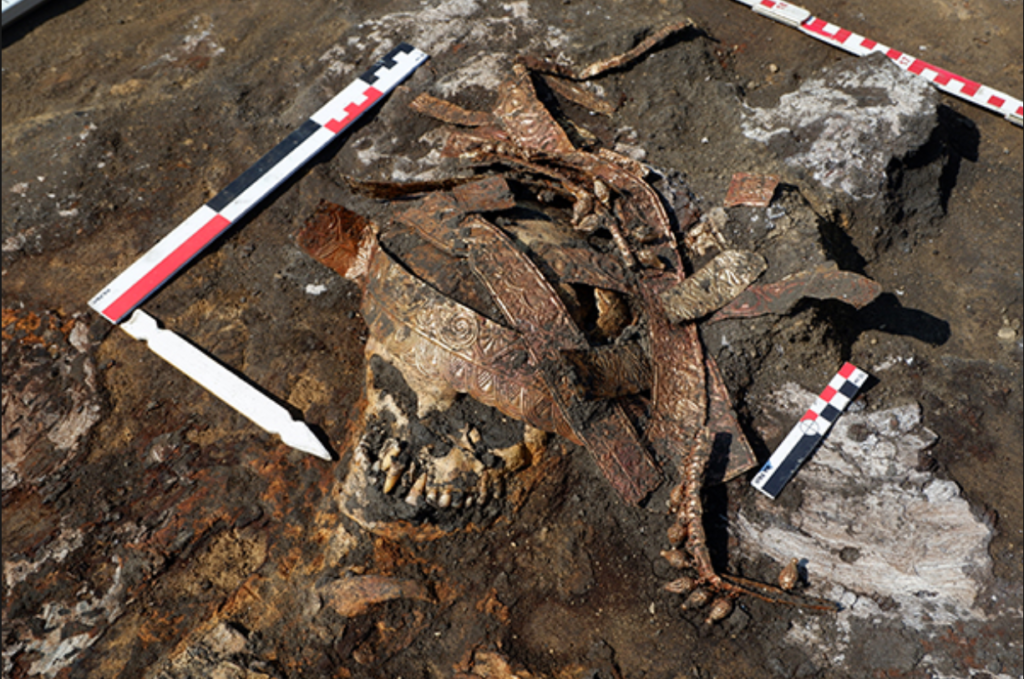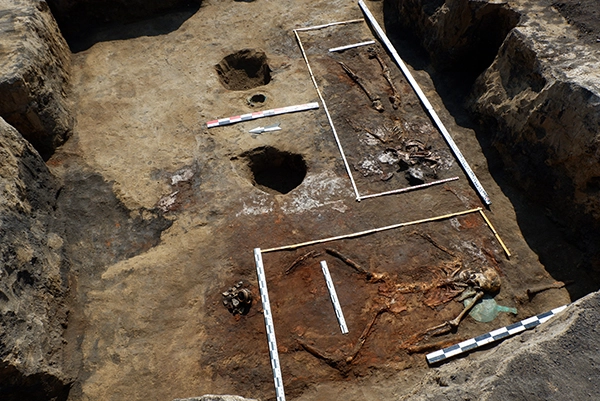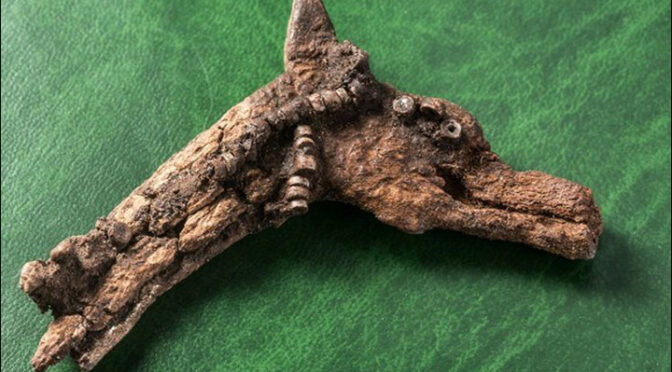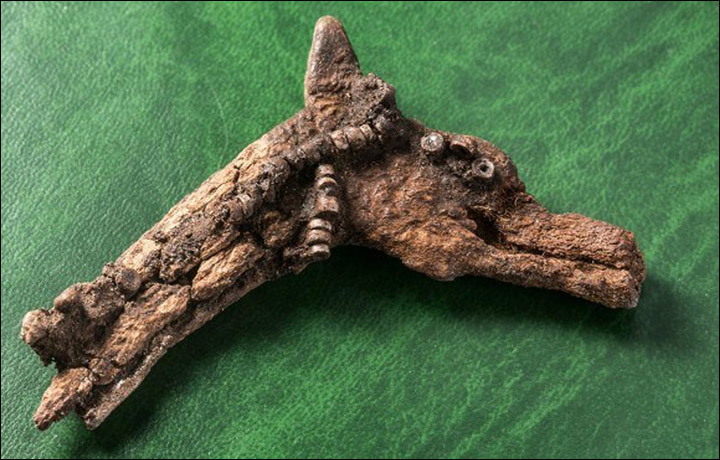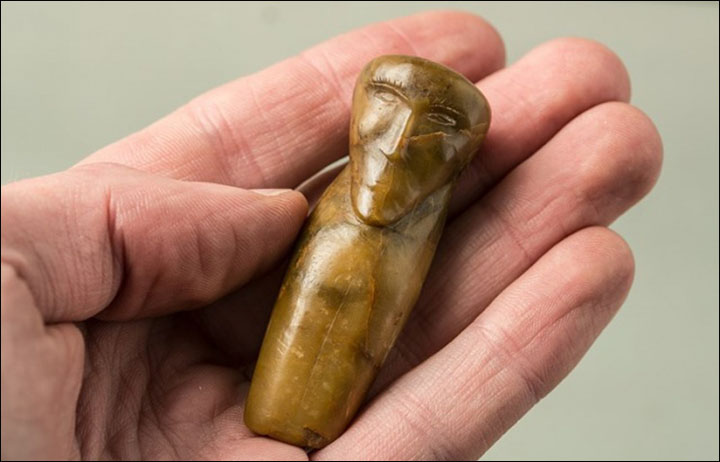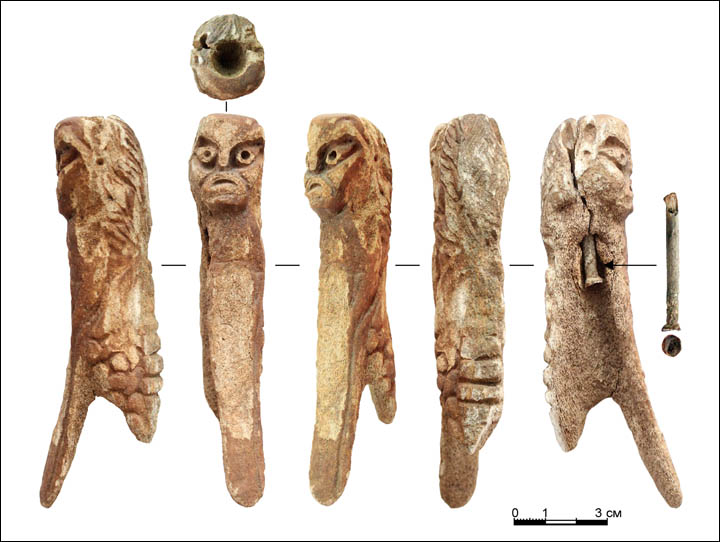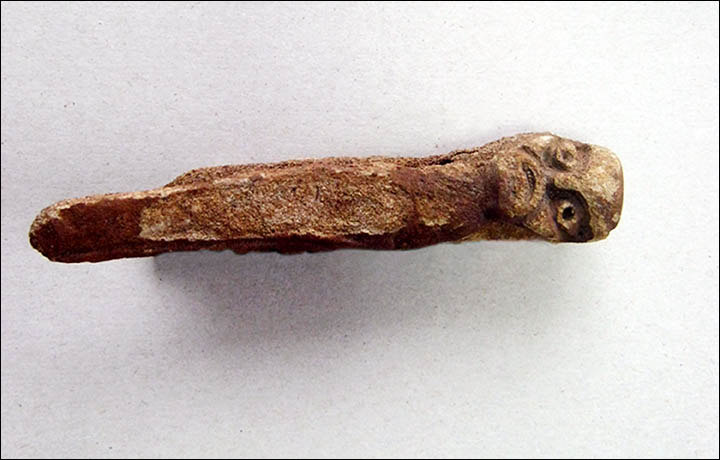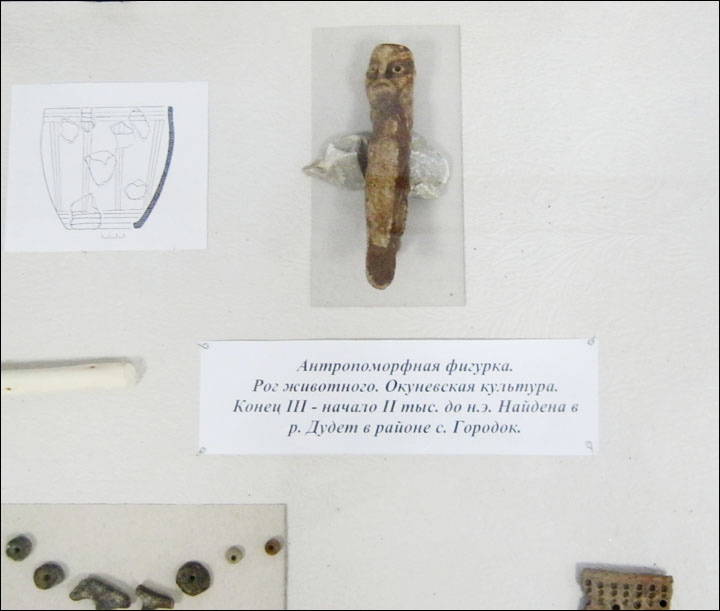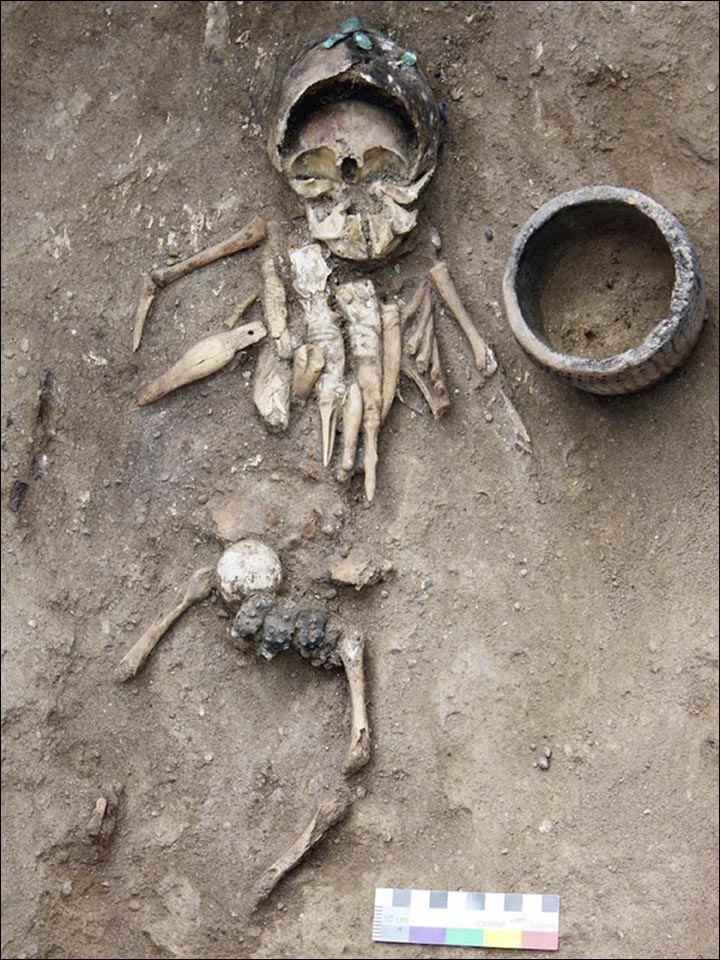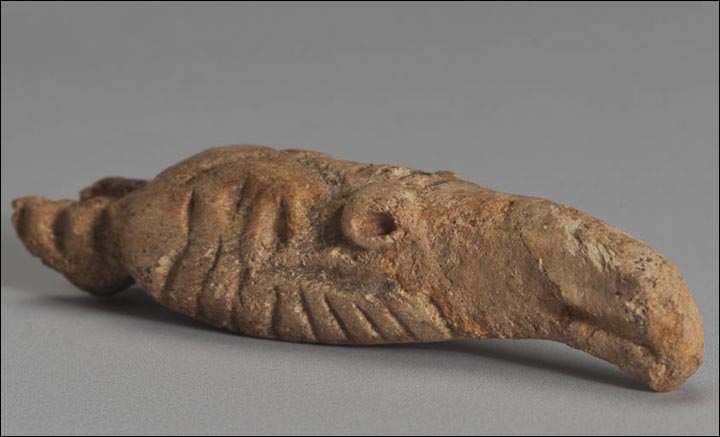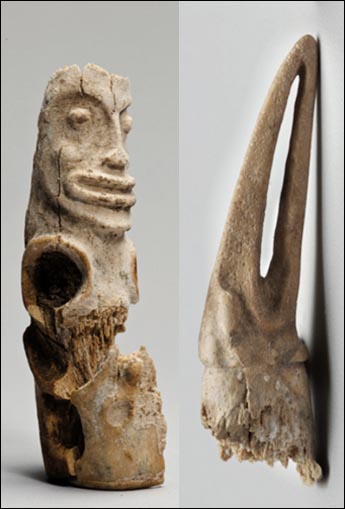A “Fast Food” Shop Is Uncovered In Pompeii, Depicting Some Of The Dishes They Would Eat
The ancient world was much more lively and colorful than many of us give it credit for. Some discoveries also show just how similar we were to the people who lived thousands of years ago… from our love of snacks to our love of colorful and eye-catching art.
Archaeologists have made a stunning discovery in Pompeii: they uncovered a hot food and drinks shop that’s decorated with gorgeous and detailed frescoes. The shop, known as a thermopolium in Latin, served the equivalent of street food to Romans. And what I wouldn’t give for a bite and a drink.
Researchers discovered the shop in the Regio V site in the Pompeii archaeological park. You’ll remember Pompeii from history class, dear Pandas. It’s the city with a population of around 13,000 people that Mount Vesuvius covered in volcanic ash in the year 79 AD.
Bored Panda reached out to the team at the Pompeii Archaeological Park to learn more about the newest finds, what we know about Pompeian cuisine, and how the thermopolium remained in such great condition over the years. Read on for their educational insights, dear Pandas!
Archaeologists uncovered an ancient snack bar in the Regio V site in Pompeii
“From the preliminary analysis of the remains found during the emptying of the containers incorporated into the counter structure, we know of the presence of a slaughtered fragment of pork bone, a fragment of duck bone, and a herringbone,” the archaeological officer from the Park told Bored Panda.
The explained that we can draw information about the eating habits in the Vesuvian city mainly from the Latin writers Apicius, Columella, and Pliny who lived between the first century BC and the first century AD.
Some of the staples included pork and fish; but so far, a lot about the dishes served in the thermopolium is still guesswork. “We know that in the Pompeian cuisine, as in general on the Roman tables, pork was particularly appreciated which could be cooked fresh or preserved through smoking or salting procedures.
The consumption of fish was also particularly widespread. At the current state of research, we are not yet able to define exactly which dishes were served at the thermopolium: the work in progress on the containers could, however, reveal pleasant surprises and news in the near future.”
The bar is decorated with gorgeous frescoes of animals, some of which were served by the vendor (not the dog, obviously)
The archaeological officer explained to Bored Panda that Pompeii represents “an exceptional case of conservation” for the very same reasons that brought about its doom. “The violent eruptive phenomenon caused, in just 19 hours of activity, the death and burial of the entire city, originating, at the same time, a singular phenomenon of conservation of the buildings and the objects they contain.
In the early stages of the Plinian event [i.e. Vesuvian eruption], the eruptive materials, the pumice, falling on the city invaded and filled every free space; subsequently, the pyroclastic flow of cinerite sealed, like a large plug, the whole of Pompeii.”
All things considered, the frescoes are in wonderful condition
They continued: “Therefore, a condition of total absence of light, air, and humidity has been created under this cap which has significantly contributed to the conservation not only of the wall structures and furnishings, but above all of the surfaces characterized by the presence of decorative elements.
The pictorial films, in fact, are particularly damaged precisely by light, air, and humidity; the lack of these three elements, over the course of about two thousand years, has allowed us to discover the original colors of the paintings that emerged during the excavation of the thermopolium.”
The vendor would put their jars of food into the holes in the bar
However, there’s some sad news. The officer revealed that the excavation investigations in Regio V that brought us the delightful thermopolium environment and the frescoed counter will end in august of 2022. “No other [excavation] campaigns are planned, at least so far. excavation in this Regio V, which from 2022 to has reserved us many surprises.
However, it would be nice to be able to continue the excavations in the environments that develop around the thermopolium, partly already brought to light, in such a way as to be able to reconstruct this corner of insula 3.” So, we’re not losing hope just yet, but we can’t deny that we can’t wait to see what future excavations will bring to light.
Researchers made other recent discoveries in the Regio V site as well
They also discovered human bones
“This is an extraordinary find. It’s the first time we are excavating an entire thermopolium,” Massimo Ossana, the director of the Archaeological Park of Pompeii, told the media.
I personally spent a good 5 minutes looking at the frescoes in detail because they’re absolutely gorgeous. Especially the hen one. The details and colors there are stunning. I never knew an uncooked chicken could make me feel so happy.
Frescoes are usually painted on freshly applied plaster using water-based pigments. As the paint dries, it sets together with the plaster and becomes a permanent part of the surroundings.
Archaeologists found traces of food in the thermopolium’s terracotta jars, including beef, pork, fish, and snails. Vendors would lower the jars into the shop’s counter that had circular holes to hold them. Meanwhile, the front of the counter was decorated with colorful frescoes (they really do catch the eye, don’t they?), some of which included animals that you’d find in the snacks.
What’s more, researchers discovered wine flasks, amphorae, jars for making soups and cooking stews, and a patera—a decorated bronze drinking bowl. You could get pretty much everything that you’d want here.
What did you think of the thermopolium, dear Readers? Would you love to wet your taste buds with whatever the ancient Romans were offering to buy at the time? Which of the frescoes did you enjoy looking at the most? Share your thoughts with us in the comment section!
